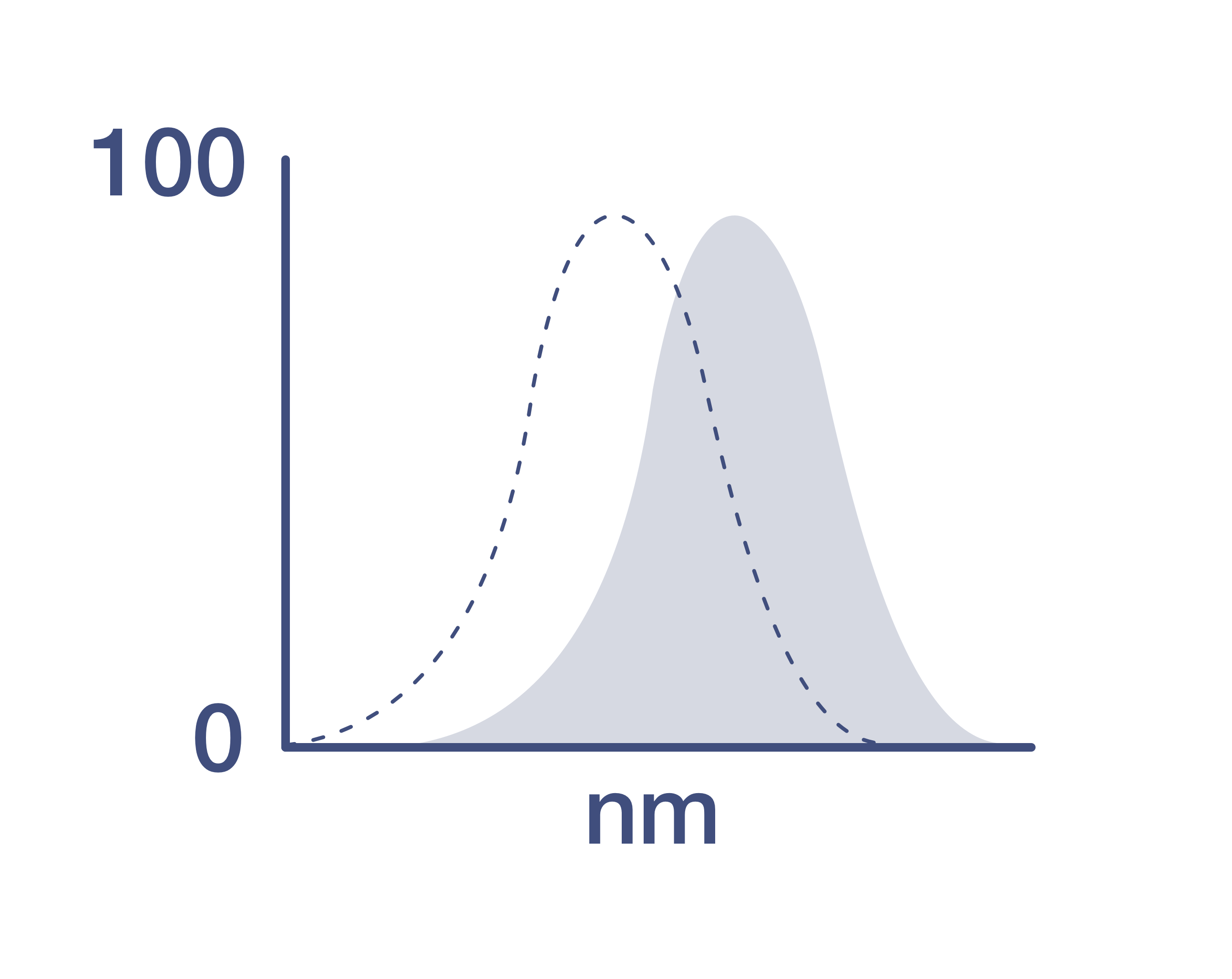Search Thermo Fisher Scientific
Invitrogen
IL-23 p19 Monoclonal Antibody (23dcdp), eFluor™ 660, eBioscience™
Promotion
View available promotion(s)
Promo code: {{promo.promoCode}} {{promo.promoDescription}}. {{$productOrderCtrl.translations['antibody.pdp.commerceCard.promotion.learnmore']}}
FIGURE: 1 / 2
IL-23 p19 Antibody (50-7823-42) in Flow


Product Details
50-7823-42
Species Reactivity
Published species
Host/Isotype
Recommended Isotype Control
Class
Type
Clone
Conjugate
Excitation/Emission Max
Form
Concentration
Purification
Storage buffer
Contains
Storage conditions
Shipping conditions
RRID
Product Specific Information
Description: This 23dcdp monoclonal antibody reacts with the p19 subunit of human IL-23. This heterodimeric cytokine is composed of two disulfide-linked subunits, p40 and p19. It is closely related to IL-12, with which it shares the p40 subunit. The IL-23 receptor is also heterodimeric and shares the IL-12Rbeta1 chain with IL-12, while the IL-23R chain is unique to the IL-23 receptor complex. IL-23R signaling occurs through the Jak/STAT pathway and results in RORgammat expression, which promotes maintenance and proliferation of T helper 17 (Th17) cells.
Dendritic cells and macrophages produce high levels of p40 and low levels of IL-23 in response to TLR2, TLR4, and TLR8 ligands and agonists of the beta-glucan receptor, Dectin-1. This is due to the presence of monomer and dimer forms of p40, while only a small portion associates with p19 to form IL-23. Our studies suggest donor variability, expression kinetics and type of stimulant can result in variation in IL-23 expression levels. Recent publications suggest the p19 subunit may also exist in the absence of association with p40.
Applications Reported: This 23dcdp antibody has been reported for use in intracellular staining followed by flow cytometric analysis.
Applications Tested: This 23dcdp antibody has been pre-titrated and tested by intracellular staining and flow cytometric analysis of cultured human dendritic cells. This can be used at 5 µL (0.03 µg) per test. A test is defined as the amount (µg) of antibody that will stain a cell sample in a final volume of 100 µL. Cell number should be determined empirically but can range from 10^5 to 10^8 cells/test.
eFluor® is a replacement for Alexa Fluor® 647. eFluor® 660 emits at 659 nm and is excited with the red laser (633 nm). Please make sure that your instrument is capable of detecting this fluorochome.
Excitation: 633-647 nm; Emission: 668 nm; Laser: Red Laser.
Filtration: 0.2 µm post-manufacturing filtered.
Target Information
IL-23 is a heterodimeric cytokine composed of the p40 subunit of IL-12 disulfide-linked with a protein p19. p19, like p35 of IL-12, is biologically inactive by itself. IL-23 interacts with IL-12Rbeta1 and an additional, novel beta2-like receptor subunit with STAT4 binding domain, termed IL-23R. IL-23 is secreted by activated mouse and human dendritic cells. Biological activities of mouse IL-23 are distinct from those of mouse IL-12. Mouse IL-23 was found not to induce significant amounts of IFN-γ. Mouse IL-23 does induce strong proliferation of memory T cells (but not naive T cells), whereas IL-12 has no effect on memory cells. Additionally, mouse IL-23 (but not IL-12) can activate mouse memory T cells to produce the proinflammatory cytokine IL-17. Human IL-23 has biological properties which are less distinct from human IL-12; human IL-23 induces proliferation of memory T cells and induces moderate levels of IFN-γ production by naive and memory T cells, as compared to IL-12.
For Research Use Only. Not for use in diagnostic procedures. Not for resale without express authorization.
How to use the Panel Builder
Watch the video to learn how to use the Invitrogen Flow Cytometry Panel Builder to build your next flow cytometry panel in 5 easy steps.
Bioinformatics
Protein Aliases: il 23; IL 23 A; Il-12b; Il-12p40; IL-23 subunit alpha; IL-23-A; IL-23p19; IL12B; Il12p40; il23; ILN; Interleukin; interleukin 12B; interleukin 23 p19 subunit; interleukin 23, alpha subunit p19; Interleukin-23 subunit alpha; Interleukin-23 subunit p19; interleukin-six, G-CSF related factor; JKA3 induced upon T-cell activation; MGC79388; p40; RP23-388G23.1
Gene Aliases: IL-23; IL-23A; IL23A; IL23P19; P19; SGRF; UNQ2498/PRO5798
UniProt ID: (Human) Q9NPF7
Entrez Gene ID: (Human) 51561

Performance Guarantee
If an Invitrogen™ antibody doesn't perform as described on our website or datasheet,we'll replace the product at no cost to you, or provide you with a credit for a future purchase.*
Learn more
We're here to help
Get expert recommendations for common problems or connect directly with an on staff expert for technical assistance related to applications, equipment and general product use.
Contact tech support

